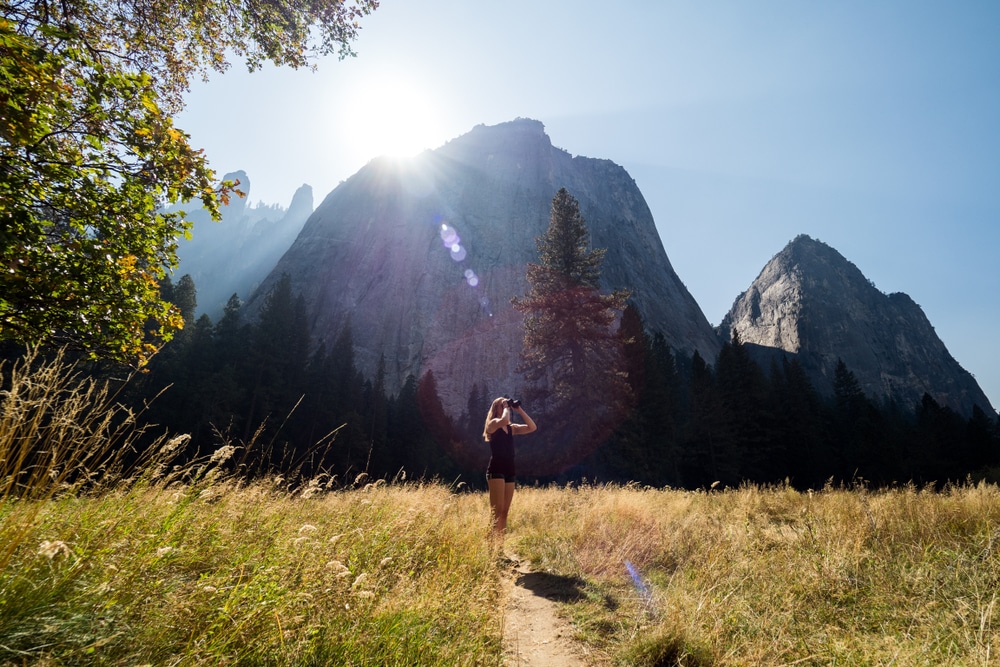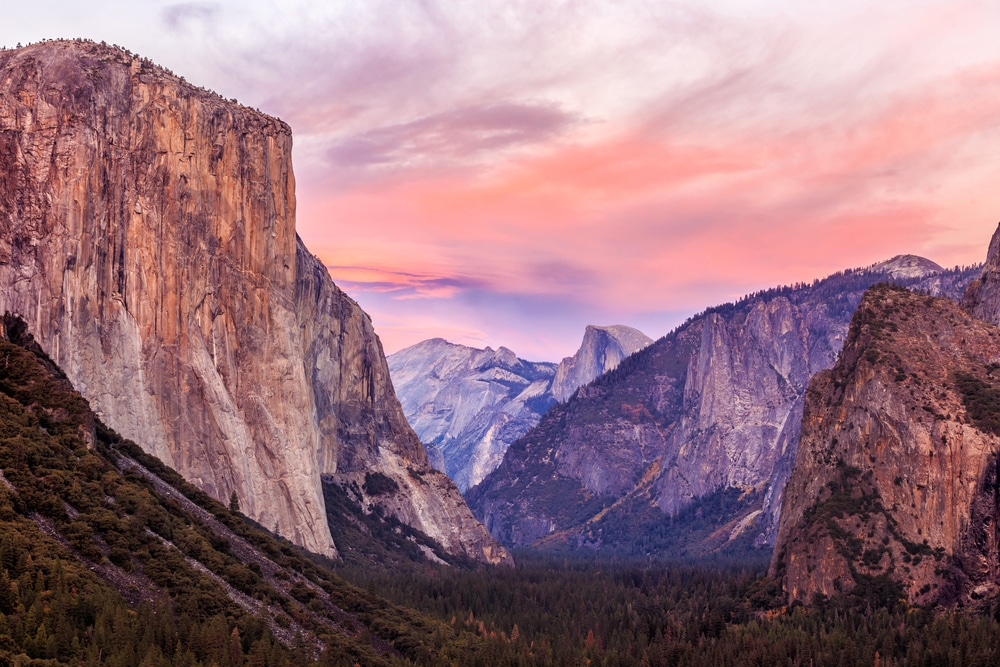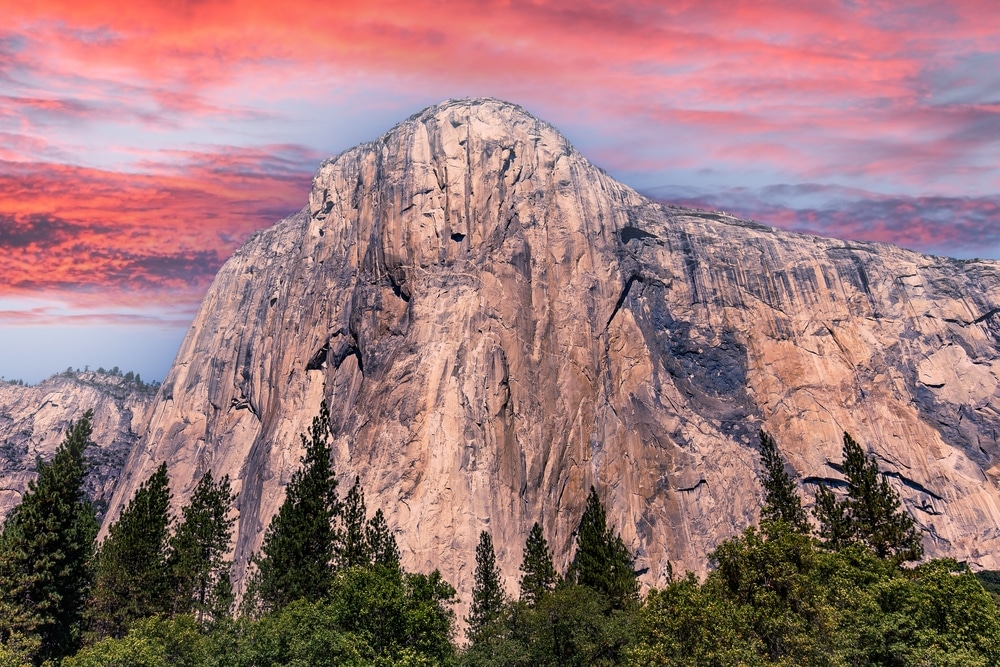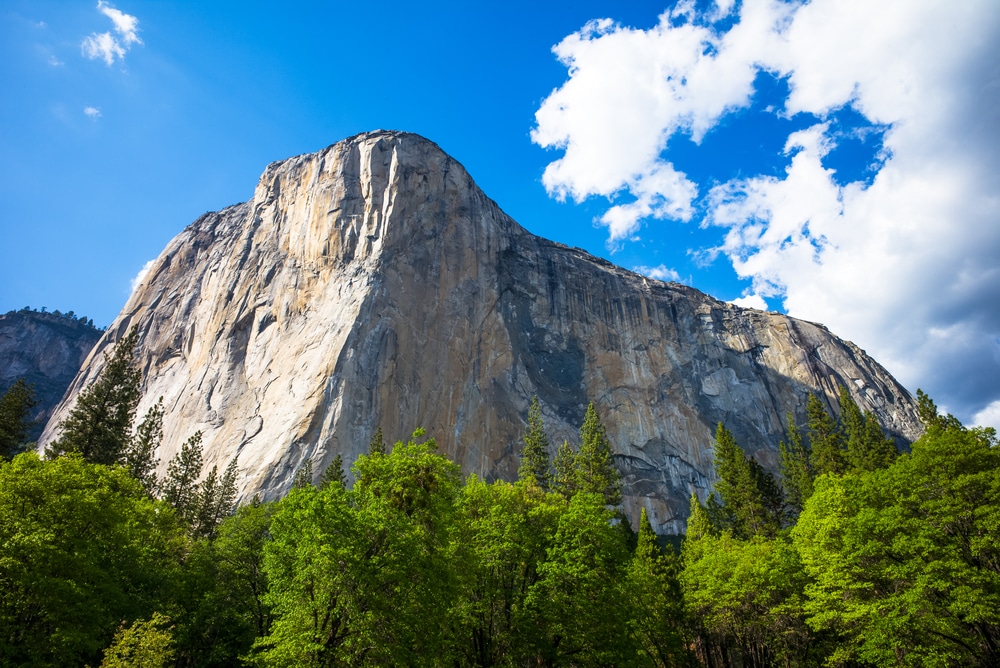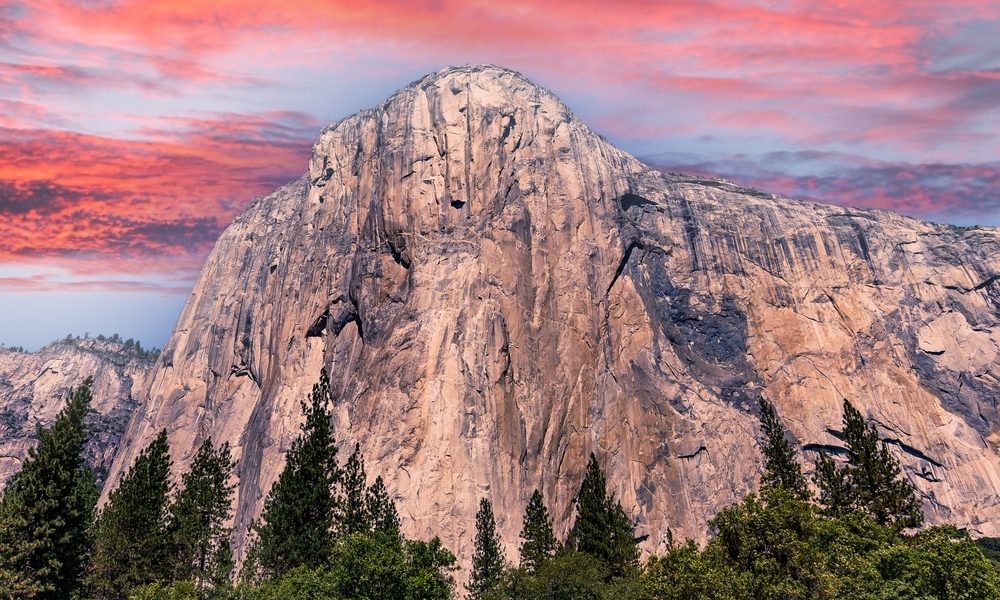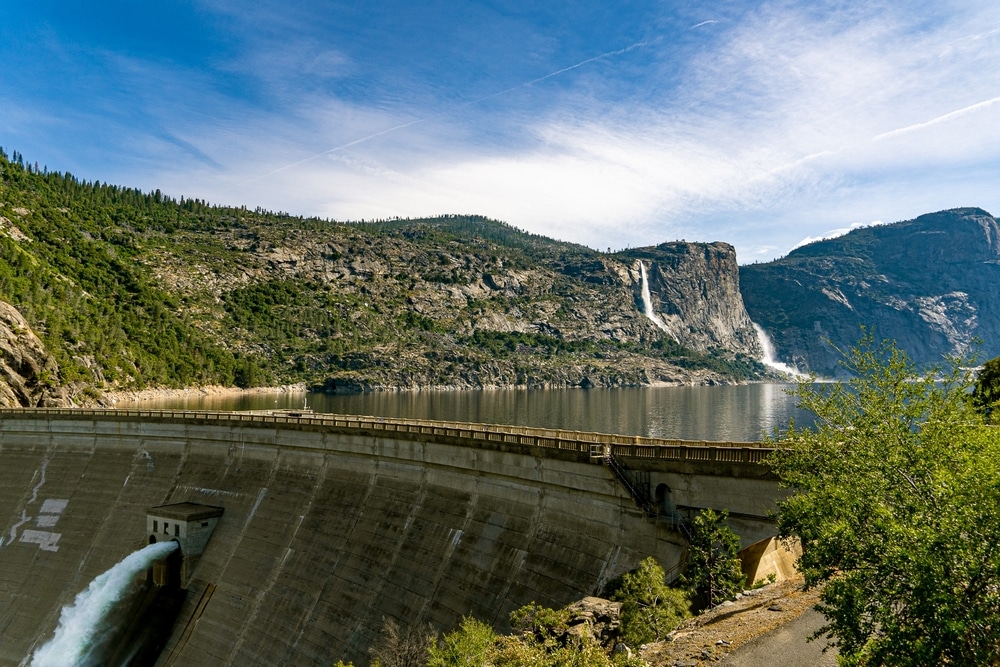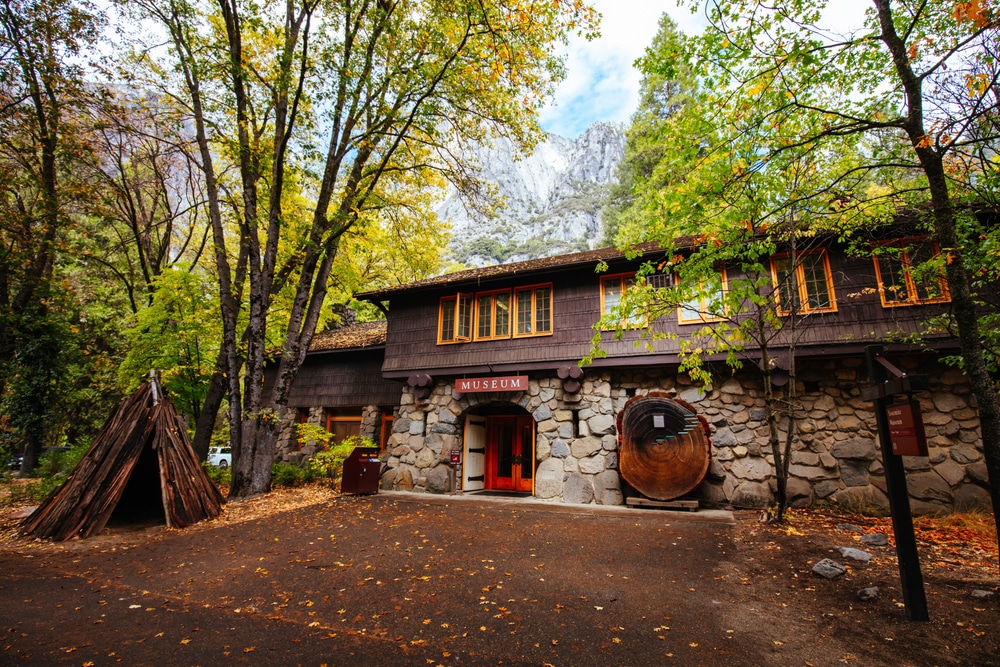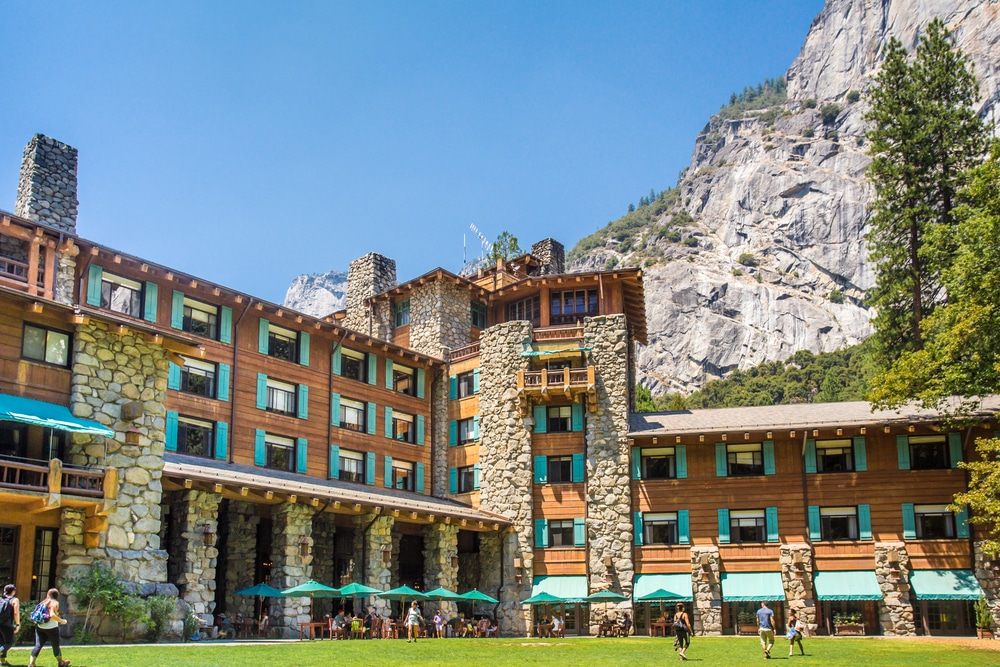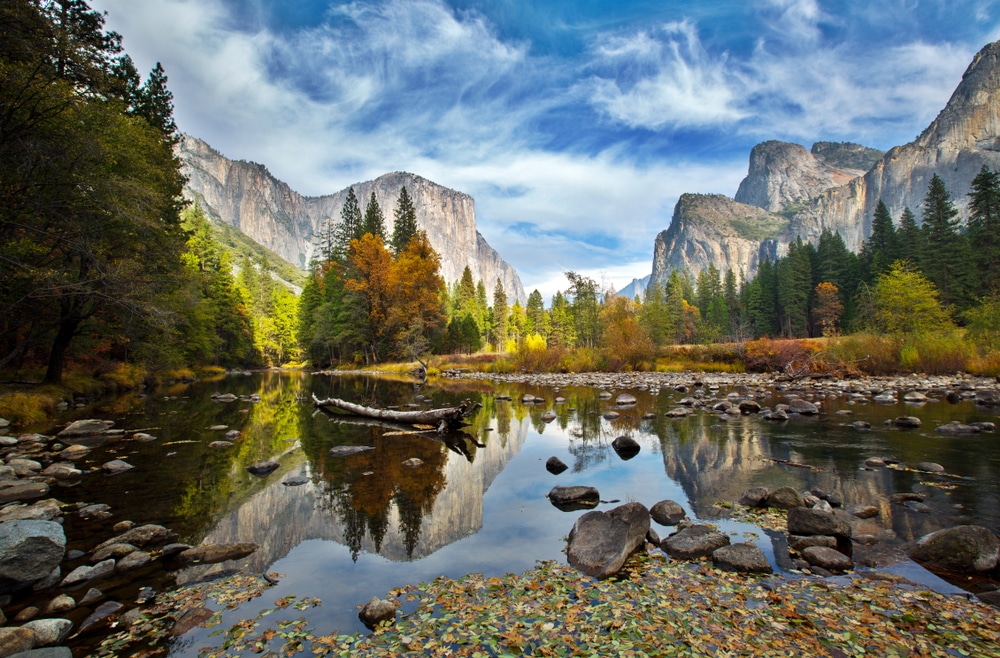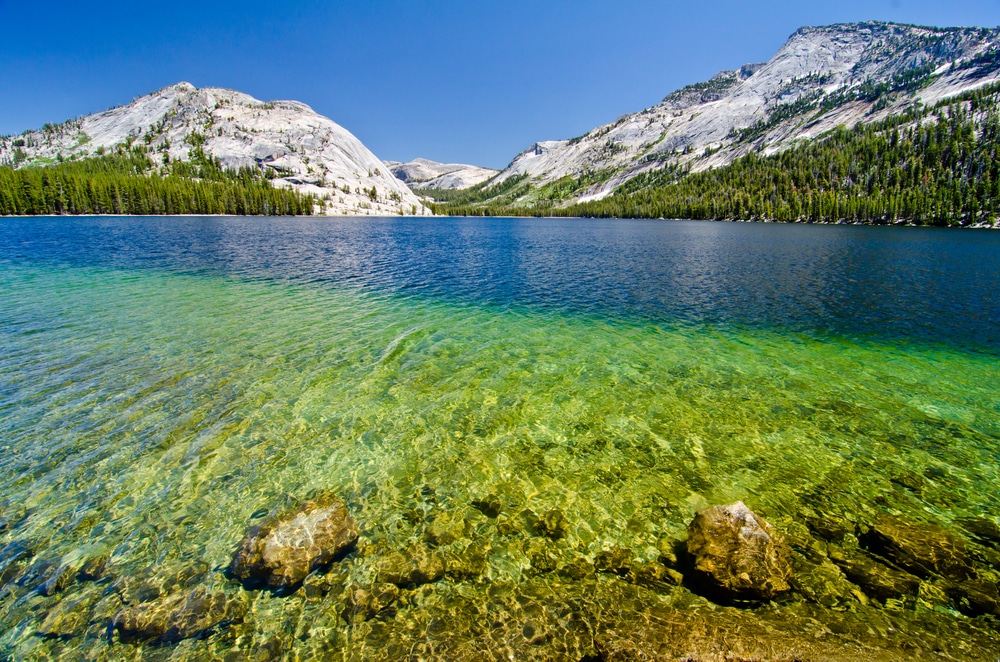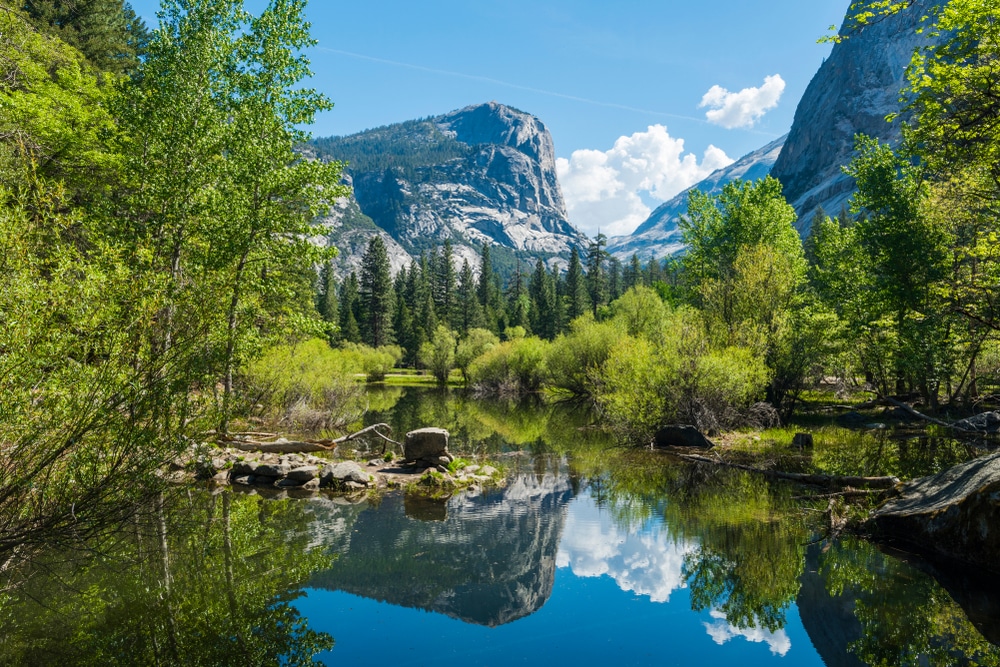El Capitan, a towering granite monolith that dominates the landscape of Yosemite Valley in Yosemite National Park, California, stands as one of the most iconic and revered rock formations in the world. Its sheer size and the challenge it presents to climbers have made it a symbol of adventure and exploration in the climbing community and a centerpiece of natural beauty for visitors from around the globe.
Geological Formation
El Capitan is primarily composed of a type of igneous rock known as granodiorite, formed approximately 100 million years ago during the Cretaceous period. This massive granite block was later exposed through a series of geological processes including uplift associated with the Sierra Nevada mountain range formation and the erosive action of glaciers during the Ice Age.
The Granite
The rock quality of El Capitan is considered exceptional for climbing due to its coarse texture, soundness, and relative lack of fractures compared to other climbing areas. These features not only make it a premier climbing spot but also contribute to its striking appearance and imposing presence as observed from the Yosemite Valley floor.
Climbing History
El Capitan is renowned for its climbing routes, with over 100 routes that vary in difficulty and length. Climbing El Capitan is considered a rite of passage in the world of rock climbing due to its extreme challenges and the stamina required to complete any of its routes.
Pioneering Routes
One of the most famous routes on El Capitan is “The Nose,” which follows the protruding ridge at the center of the wall. First ascended in 1958 by Warren Harding, Wayne Merry, and George Whitmore over 47 days (using siege tactics), The Nose is now often climbed in a single day by the most skilled climbers.
Free Climbing
El Capitan also played a significant role in the evolution of free climbing, a style where climbers use gear only for safety and not for upward progress. Notably, Lynn Hill made the first free ascent of The Nose in 1993, declaring “it goes, boys,” forever changing the perception of what was possible in big wall free climbing.
Environmental and Cultural Significance
El Capitan is not only a climbing destination but also a vital part of the natural environment and cultural heritage of Yosemite National Park.
Natural Habitat
The area around El Capitan supports various wildlife species, including black bears, mule deer, and numerous bird species like the peregrine falcon, which are often seen by climbers and visitors.
Cultural Icon
For the Ahwahnechee people, the native inhabitants of Yosemite Valley, El Capitan was known as “To-to-kon oo-lah” or “The Chief.” The rock formation held significant spiritual importance and was intertwined with the cultural narratives and traditions of the Ahwahnechee tribe.
Conservation and Safety
The popularity of El Capitan has brought with it challenges related to conservation and climber safety. Yosemite National Park manages these issues through strict climbing regulations, rescue preparedness, and educational programs aimed at preserving the natural environment and ensuring the safety of all visitors.
Climber Education
Programs focusing on Leave No Trace principles and safe climbing practices are essential in maintaining the ecological integrity of El Capitan and the safety of its climbers.
Search and Rescue Operations
The park is equipped with a skilled search and rescue team, well-versed in dealing with the unique challenges presented by high-angle rescue on big walls like El Capitan.
Conclusion
El Capitan continues to inspire awe and challenge those who climb its routes. It is not only a testament to the enduring allure of Yosemite Valley but also a symbol of the enduring human spirit to overcome and connect with the natural world. Whether viewed from the meadows of Yosemite Valley or from the end of a rope halfway up its towering face, El Capitan remains one of the most impressive and beloved features of Yosemite National Park.
